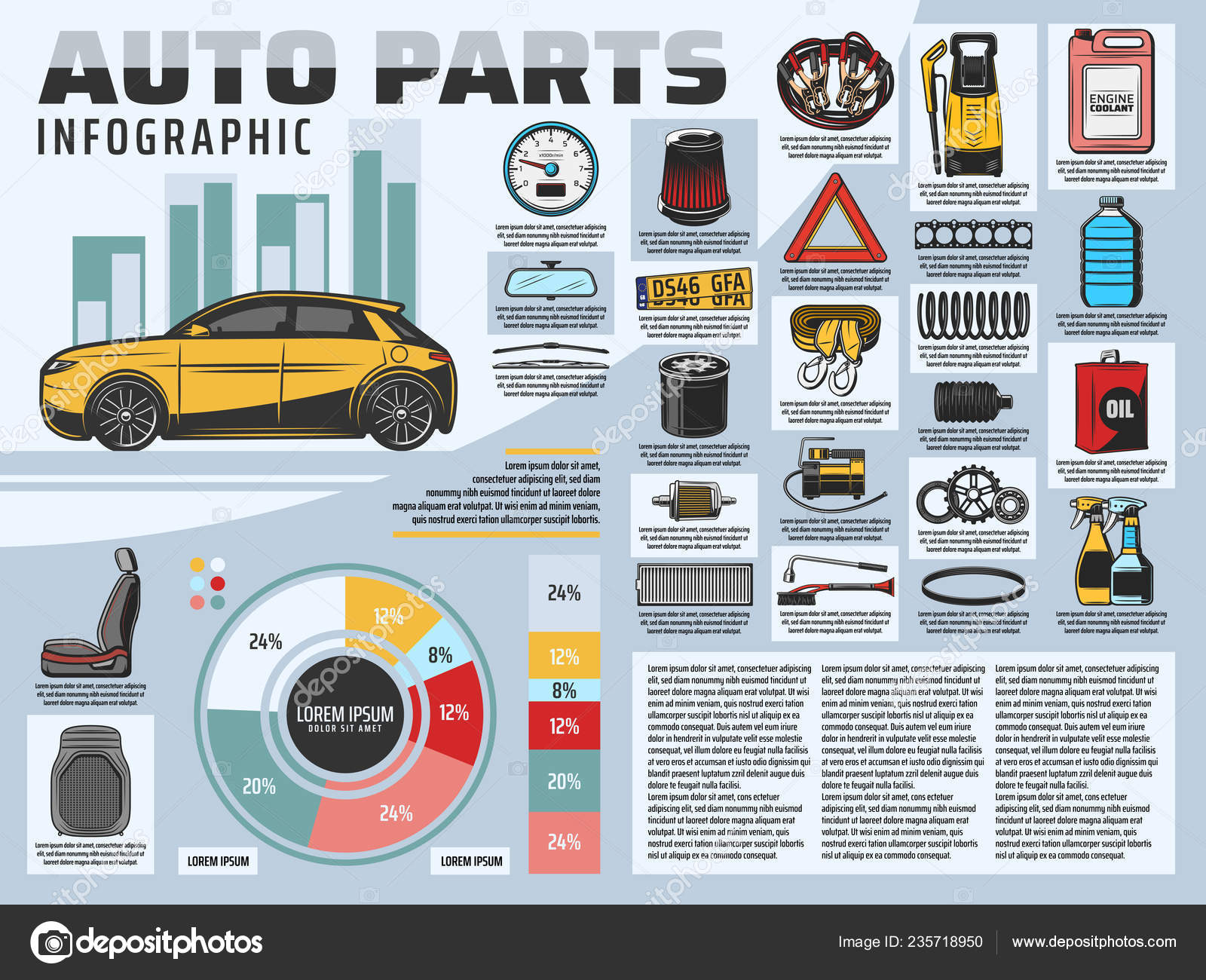Understanding The Relevance Of Your Vehicle'S Warning Signals: What They Actually Stand For
Understanding The Relevance Of Your Vehicle'S Warning Signals: What They Actually Stand For
Blog Article
Article Composed By-Hartley Winters
When you lag the wheel, those radiant caution lights on your control panel can be a bit complicated. Do you know what they're attempting to tell you concerning your cars and truck's health? Understanding the value of these lights is crucial for your safety and the longevity of your lorry. So, the next time one of those lights turns up, would not you intend to decipher its message precisely and take the required actions to resolve it?
Common Caution Lights and Interpretations
Recognize common warning lights in your auto and comprehend their definitions to ensure secure driving.
One of the most regular caution lights consist of the check engine light, which signals problems with the engine or emissions system. If this light begins, it's critical to have your vehicle checked quickly.
The oil pressure warning light suggests low oil stress, calling for prompt interest to stop engine damages.
A flashing battery light may recommend a malfunctioning charging system, possibly leaving you stranded if not dealt with.
The tire stress monitoring system (TPMS) light alerts you to reduced tire stress, influencing automobile security and gas efficiency. Ignoring https://www.marketwatch.com/picks/guides/finance/best-used-car-warranty/ could cause unsafe driving problems.
The abdominal light suggests an issue with the anti-lock braking system, endangering your ability to stop swiftly in emergency situations.
Finally, the coolant temperature warning light warns of engine getting too hot, which can cause serious damage if not dealt with quickly.
Recognizing these common caution lights will certainly aid you deal with problems immediately and keep risk-free driving problems.
Relevance of Prompt Interest
Recognizing the common caution lights in your auto is just the first step; the importance of immediately addressing these cautions can't be highlighted sufficient to ensure your safety on the road.
When a warning light illuminates on your control panel, it's your auto's method of interacting a possible problem that needs attention. Neglecting these cautions can cause a lot more severe issues later on, endangering your security and possibly costing you a lot more out of commission.
Prompt interest to alerting lights can stop malfunctions and crashes. As an example, a flashing check engine light might suggest a misfire that, if left neglected, might create damages to the catalytic converter. Addressing this without delay can conserve you from an expensive repair work.
Likewise, a brake system advising light may signal reduced brake liquid or used brake pads, vital parts for your safety when driving.
Do It Yourself Troubleshooting Tips
If you discover a warning light on your dashboard, there are a few DIY troubleshooting suggestions you can try prior to seeking specialist assistance.
The primary step is to consult your vehicle's guidebook to recognize what the details warning light suggests. Sometimes the problem can be as straightforward as a loosened gas cap triggering the check engine light. Tightening the gas cap may settle the trouble.
Another typical issue is a low battery, which can activate various cautioning lights. Inspecting the battery links for corrosion and ensuring they're protected might repair the trouble.
If a caution light continues, you can attempt resetting it by separating the vehicle's battery for a couple of mins and afterwards reconnecting it. In addition, examining your automobile's liquid degrees, such as oil, coolant, and brake fluid, can aid repair advising lights related to these systems.
Verdict
To conclude, understanding your automobile's warning lights is crucial for keeping your automobile running smoothly and securely. By quickly addressing a and m detailing and understanding what they indicate, you can prevent pricey fixings and prospective malfunctions.
Bear in mind to consult your vehicle's manual for particular details on each advising light and do something about it appropriately to make sure a trouble-free driving experience.
Stay informed, stay secure when traveling!
